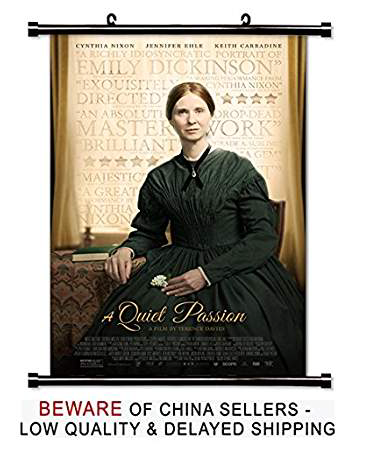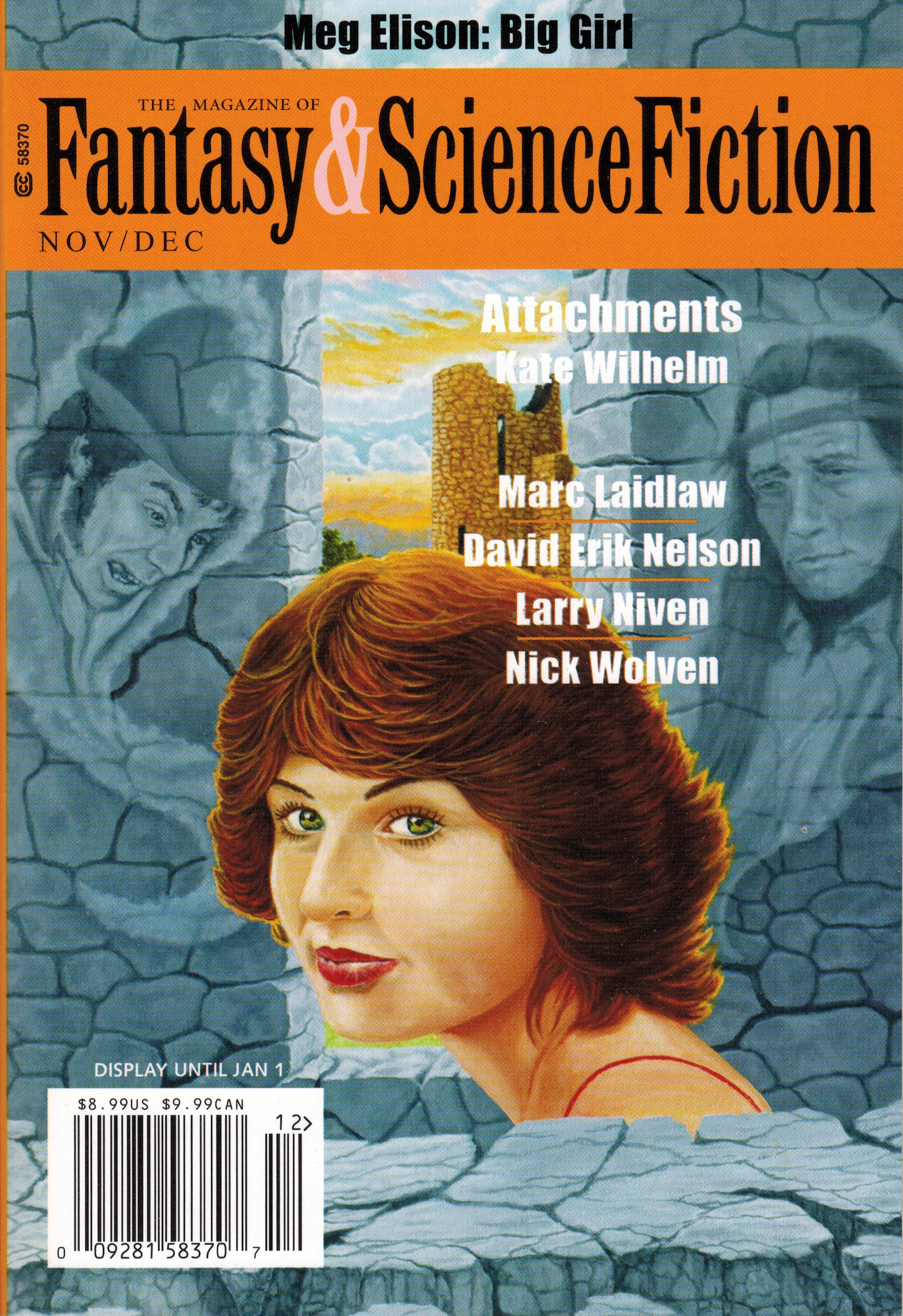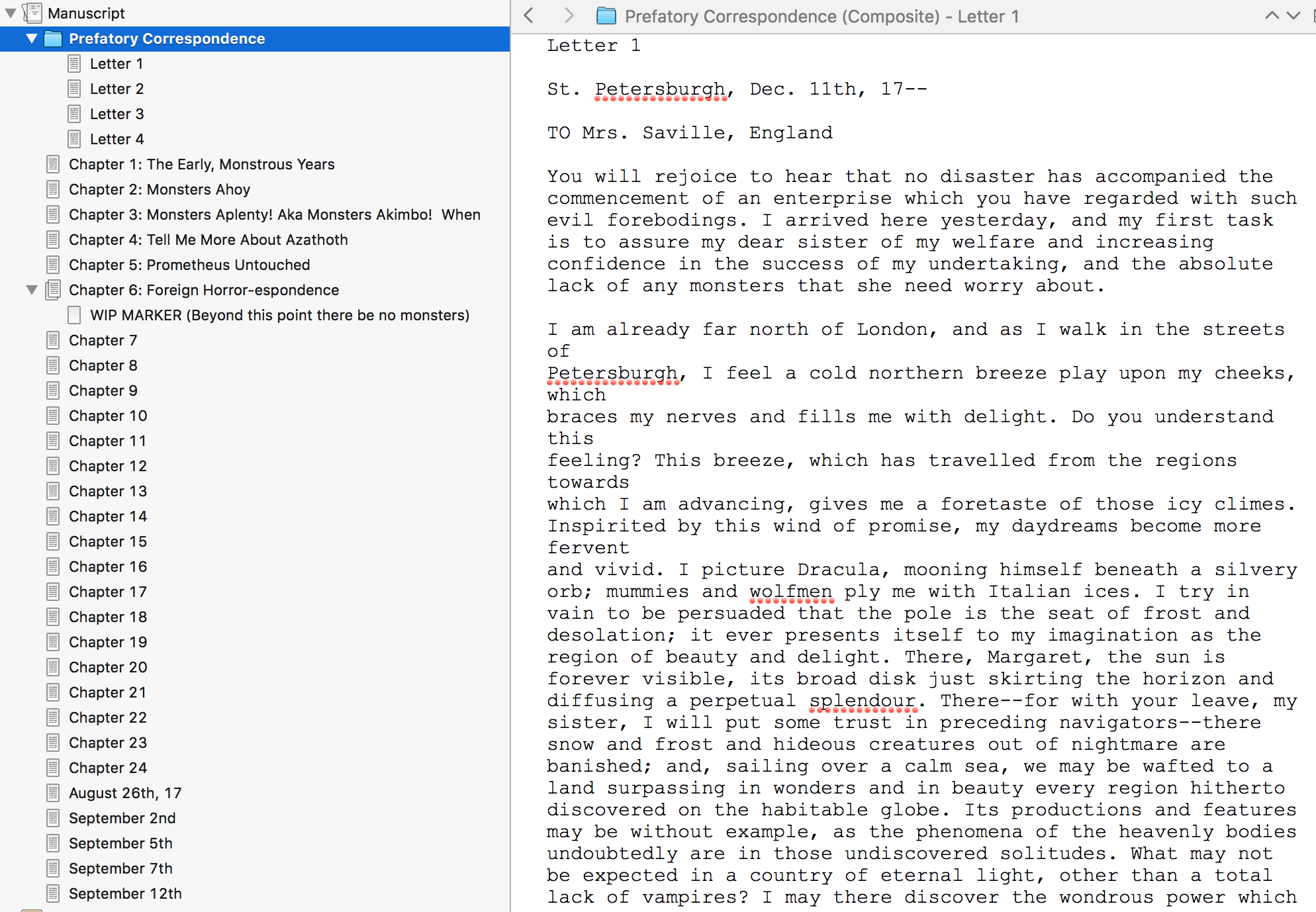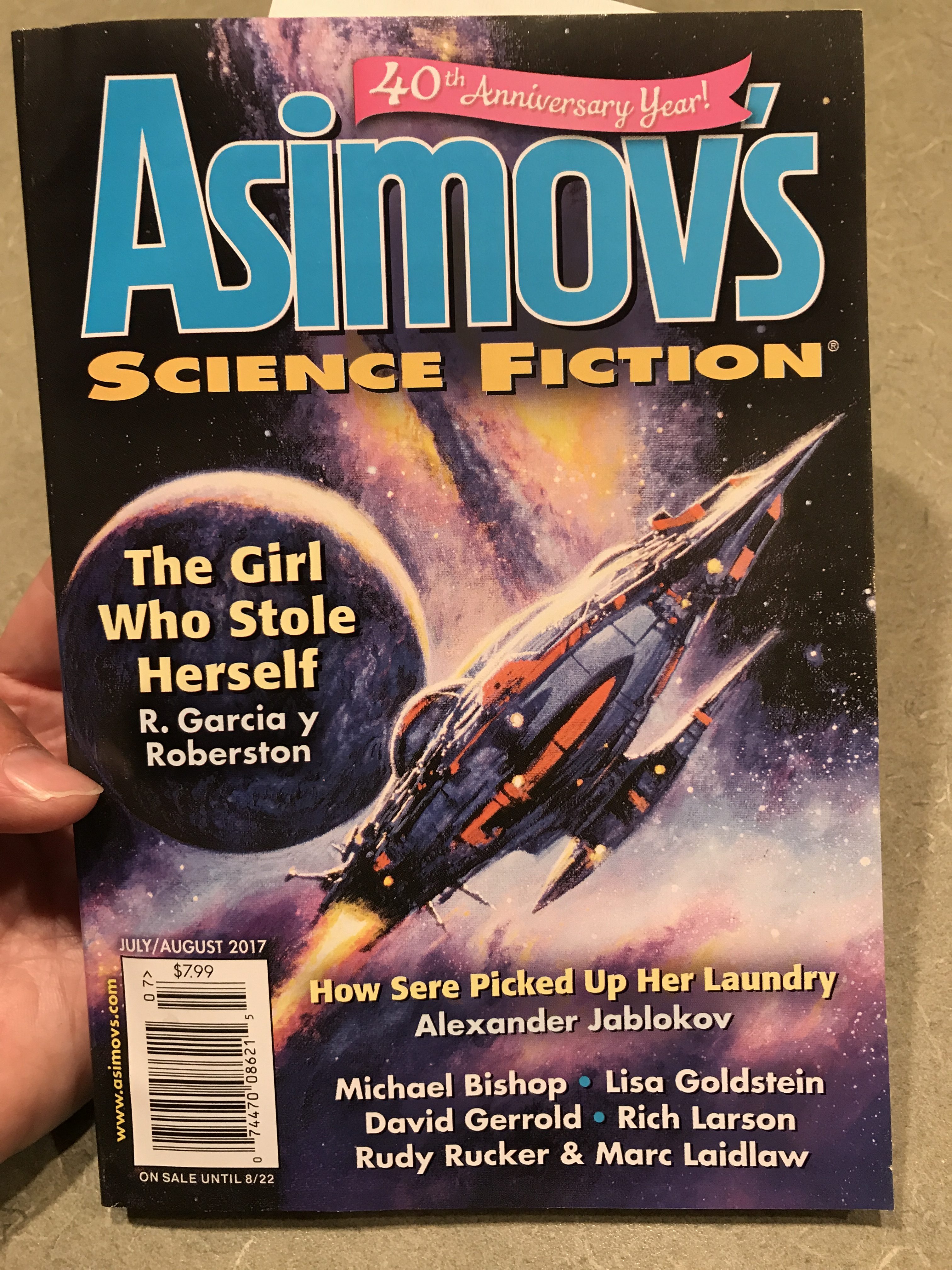Farewell, Randy (1960-2017)
My old friend Randy Byers (Randall Dean Byers) died today. We met as Freshmen at the University of Oregon. I have posted a bit about it on Facebook, for the sake of mutual friends and his family. But I wanted to put some of it here where it won’t be so hard to find later:
I’d mostly been in touch with Randy on Facebook over the last few years, though I was fortunate enough to join him at a beer and birthday celebration in Seattle a couple years back, and we spent some hours together sipping whiskey at WorldCon in Spokane. We first met as fellow fans at the University of Oregon. We listened to a lot of Brian Eno and Talking Heads in each others’ company, and were almost roommates at one point (I think he took over my room in a house I moved out of). Therefore, Randy is present in quite a few of my memories of those college years, up till around 1982.
I got to see him again from time to time once we moved to Seattle in 1997–sometimes at Norwescon, but more reliably at Eileen Gunn’s and John Berry’s parties. Randy prevailed on me to polish up an extended joke about the Taco Bell Chalupacabra and published it in his famous long-running (though not long enough by far) fanzine, Chunga.
All interactions with Randy over the last few years have been overhung by the shadow of his brain cancer diagnosis, and recently all who knew him have dreaded this day. He was fortunate to spend the last little while in the care of his family, and my thoughts are with them now.
I bought a copy of Philip K. Dick’s Galactic Pot-Healer today because I remember sitting in Randy’s kitchen in our junior year, taking turns reading parts of the first chapter out loud. There’s a translation game in there that led to many laughs. I never was able to finish the book, one of Dick’s worst, but it’s a good Randy memory, so maybe I’ll get to the end this time.
My main, major Randy memory involves a weekend-long acid trip with Randy and a handful of friends at a cabin on Mercer Lake near the Oregon Coast, peaking on Groundhog’s Day/Joyce’s Birthday. Someone you’ve done acid with is a friend on a different level. We passed the time drawing and writing, walking in woods, listening to Taking Tiger Mountain By Strategy, agreeing that we all saw the same identical nonexistent things, and trading places at a typewriter in an Exquisite Corpse type situation.
This is quite simply one of my best memories.
Peace, brother.
UPDATE: I am not a musician but my of my connections with Randy were musical, and on the day of his death I found myself “composing” a piece in his honor. It stumbles and halts but this reflects what I was feeling.






